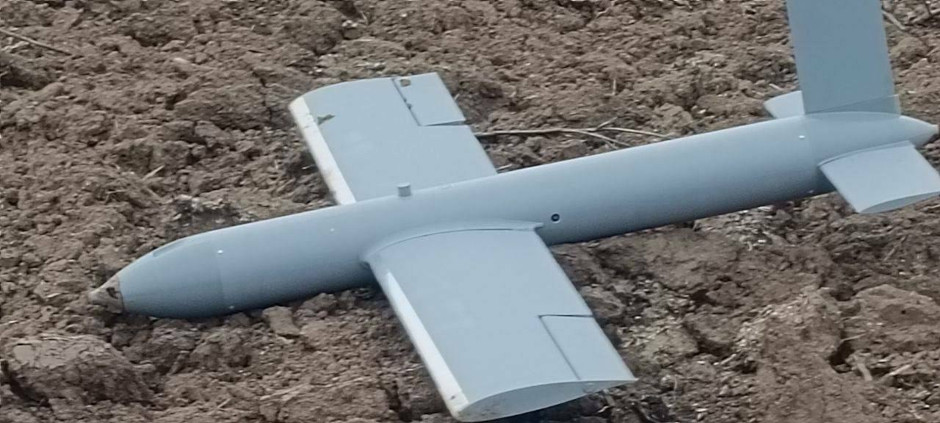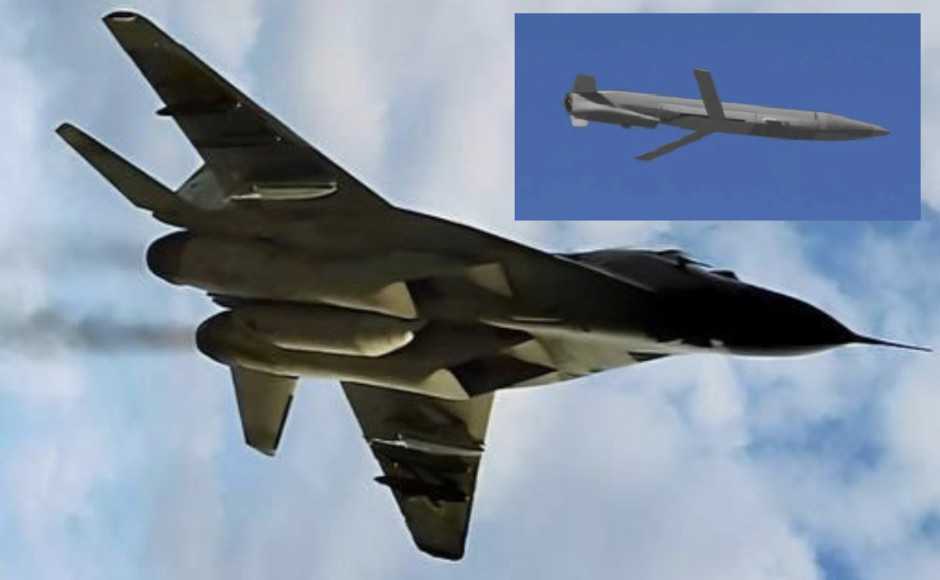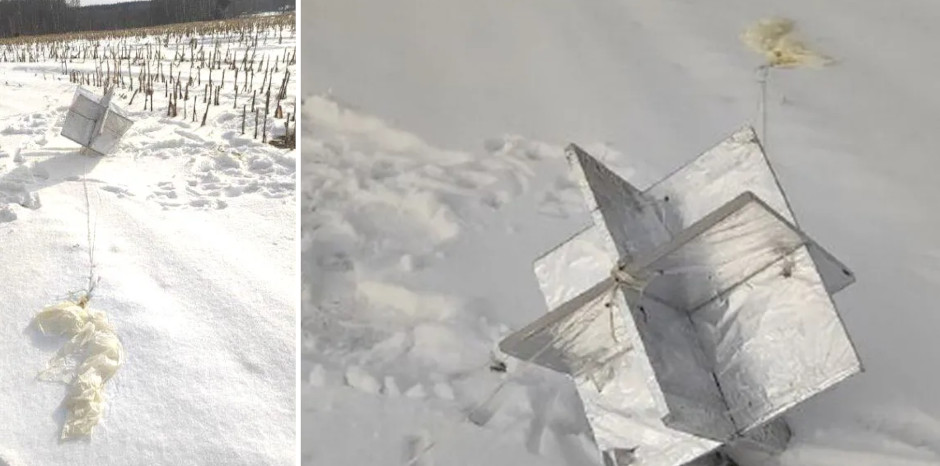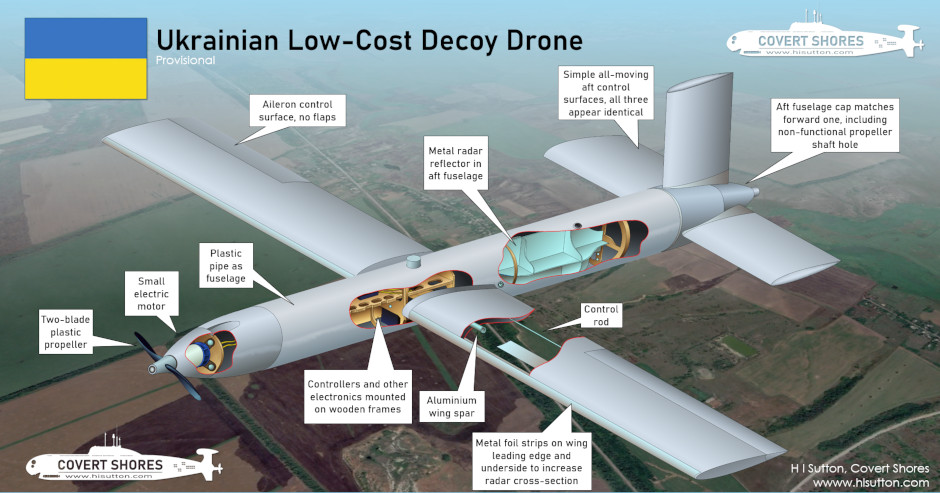Deceptively Simple: Ukraine's Decoy Drone
 Russia frequently launches tens of Shahed type drones into Ukraine, but rarely more than a handful get through. Most get shot down thanks to Ukraine's innovative and effective air defenses against these low-end threats. The attrition is baked into the raids, but when the Ukrainians reply in kind, they want more of their drones to get through. To increase the number of Ukrainian drones which get through, they are accompanied by decoy drones. These soak up Russia's air defenses, increasing the number of real attack drones (OWA-UAVs) which get through.
Russia frequently launches tens of Shahed type drones into Ukraine, but rarely more than a handful get through. Most get shot down thanks to Ukraine's innovative and effective air defenses against these low-end threats. The attrition is baked into the raids, but when the Ukrainians reply in kind, they want more of their drones to get through. To increase the number of Ukrainian drones which get through, they are accompanied by decoy drones. These soak up Russia's air defenses, increasing the number of real attack drones (OWA-UAVs) which get through.
Ukrainian company Slobidka Aerocompany has developed a low-cost decoy drone for this purpose. Cost is critical because decoys generally suffer from being almost as expensive as the real thing. This undermines the economy of using them, why not just use more of the real thing? This design appears so simple that it likely bucks this trend.

A crashed example behind Russian lines. After their battery runs out the decoys simply fall to earth.
Ukraine has received the ADM-160B MALD (Miniature Air-Launched Decoy) from the United States. The air-launched system, resembling a miniature cruise missile, has been integrated into Ukraine's Soviet era MiG-29 FULCRUM aircraft. MALD has a range of around 500 nautical miles (580 miles / 930 km), and is likely to fool even sophisticated air defenses. It's main disadvantage is that its air-launched, which makes it expensive to operate even if the units themselves were donated. Additionally it is likely in finite supply and the aircraft limit the number which can be launched on a single occasion. Therefore, while it is valuable to increase the survival rate of Storm Shadow missile strikes, another solution is needed. This is where the decoy drones come in.

Two ADM-160B MALD (Miniature Air-Launched Decoy) seen under the wings of a Ukrainian MiG-29 FULCRUM. It is likely that Ukraine's F-16s can also carry the system.
The decoy drone's construction is incredibly simple. The fuselage is a simple plastic pipe, with crude wings and simple tail surfaces. The tail cone appears identical to the nose cone. A small electric motor is mounted in the nose. No warhead is carried (except possibly a self-destruct charge), but a radar reflector is contained in the aft fuselage. The plastic piping is radar transparent.
Russian Decoy Drones

Russia tried attaching radar reflectors to balloons in early 2023. Overall these tactics do not appear to have been successful.

A basic UAV used by Russia, apparently as a radar decoy. Note the foil covered wings. The frame under the fuselage is for a plastic bottle containing fuel, not a radar reflector.

The Russian 'Parody' decoy UAV has more expensive construction with a piston engine and Luneburg lens ('glitter ball') radar reflector instead of an explosive payload. The concept is similar to the Ukrainian example.
Related articles (Full index of popular Covert Shores articles)

 Ukraine's long-ranged attack drones (OWA-UAVs)
Ukraine's long-ranged attack drones (OWA-UAVs)

 Ukraine's longer-ranged missiles
Ukraine's longer-ranged missiles


 maritime drones (USVs) of the Russo-Ukraine War.
maritime drones (USVs) of the Russo-Ukraine War.


